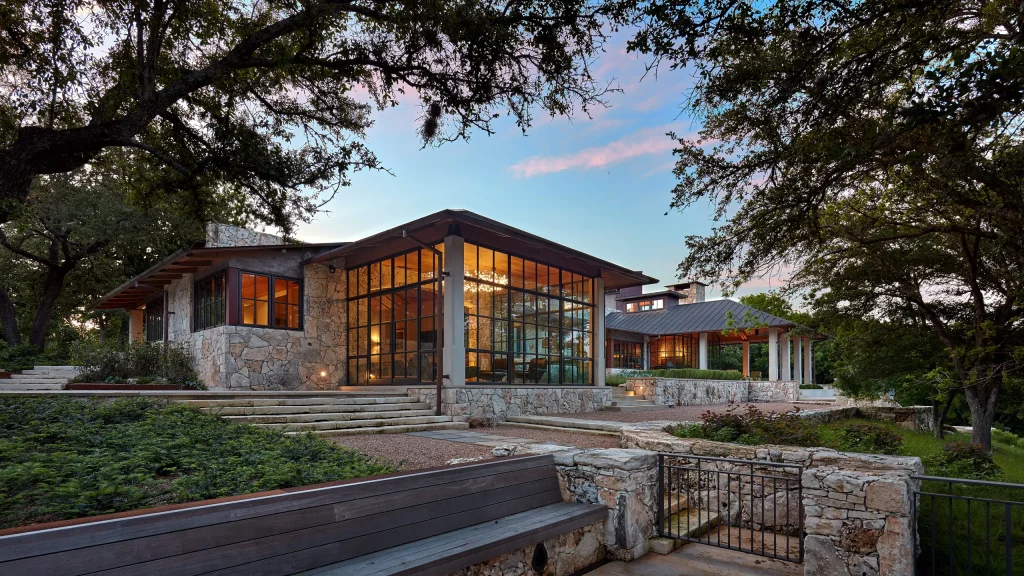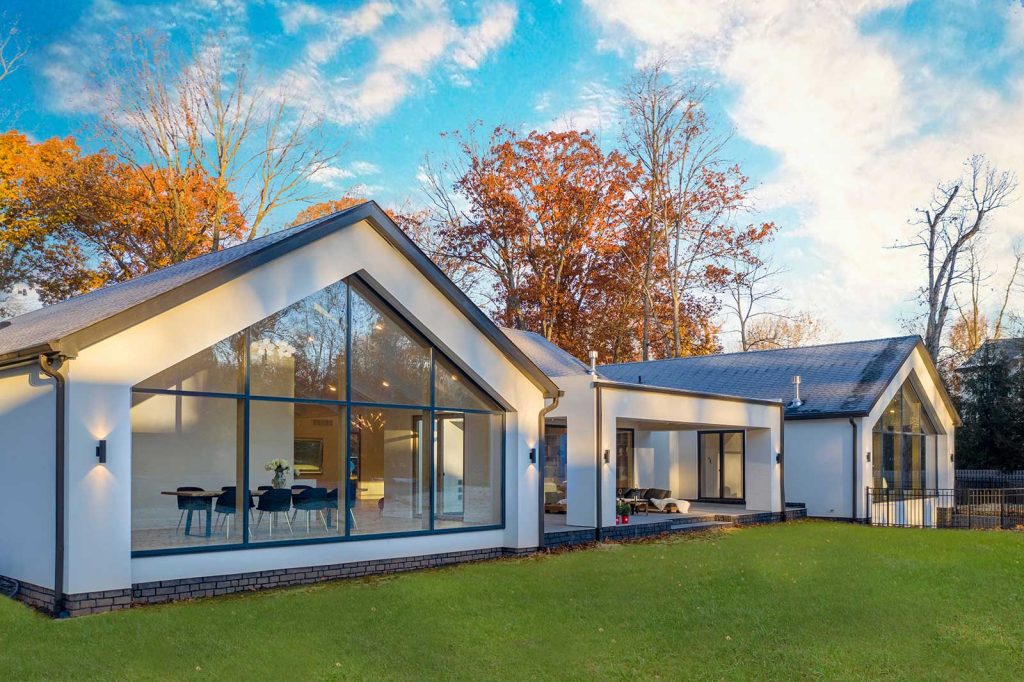
Property has historically been one of the most reliable investments around. For centuries, highly successful people have built their wealth through commercial and residential property acquisitions. One way to do it is through long-term holdings and their secret sauce: rental payments.
Investors can make money in real estate through several different means, including:
- Flipping properties
- Redeveloping land
- Holding and renting properties
- Investing in real estate funds
- Financing acquisitions for other investors
Investors who look at property as a long-term project tend to hold and rent. They do so with the understanding that monthly rental payments are the key to their success. To help make this more understandable, let us take a look at a real-world example.
Purchasing a Multi-Unit Rental Property
Actium Partners is a Salt Lake City, Utah private money lender I am very familiar with. One of their projects a few years back involved financing the acquisition of a multi-unit rental property. The client took a hard money loan to acquire the property then arranged conventional financing after the fact.
I don’t know how many units were included in the property. Let’s just speculate and say it was 10. Each unit generates a significant amount of rental income comparable to similar properties in the same region. So what do we have here in practical terms?
Actium Partners provided the initial financing to acquire the property. Because their loan was structured as an interest-only loan until maturity, monthly payments were very affordable. The property’s rents more than covered them. Meanwhile, the investor arranged a conventional loan to pay off the hard money loan on its due date.

Ongoing Rental Payments
With the hard money loan paid off and the investor now servicing a conventional loan, he relies on monthly rents to cover his loan payments. It is not a problem. As long as all 10 units remain rented, the property generates enough income to cover loan payments, insurance, maintenance, and upkeep – and even a little bit of profit.
The property essentially remains self-sustaining as long as all units remain occupied. The investor can even afford to go a couple of months with one or two empty units and still not run into trouble. Meanwhile, the actual value of his property continues to rise. So do rental values.
As each lease expires, the property owner can raise the rent. Meanwhile, his monthly loan payments do not change. His maintenance and upkeep costs may rise a bit, but higher rental rates more than cover those costs.
Once the Loan Is Paid
The real magic happens when the investor’s bank loan is finally paid off. The amount of money going to service that loan, which ate up the majority of his monthly rents, is now money in his pocket. It is money he can put into acquiring a new property. All the while, that monthly rental income continues to come in.
Every month of rental income can be split between maintenance and repairs, profit, and new investments. And with each new property acquired, he repeats the process.
Fast forward some 40 years and imagine this property investor getting ready to retire. He has a portfolio worth tens of millions of dollars just waiting to be sold. Four decades of rental payments have sustained him quite comfortably. Now he will liquidate his equity to fund retirement.
Investing in real estate over the long hall requires discipline and good business sense. But it pays off. The secret to making a ton of money in long term rentals is collecting those monthly rental payments from occupied units. Rental payments make it all happen.





